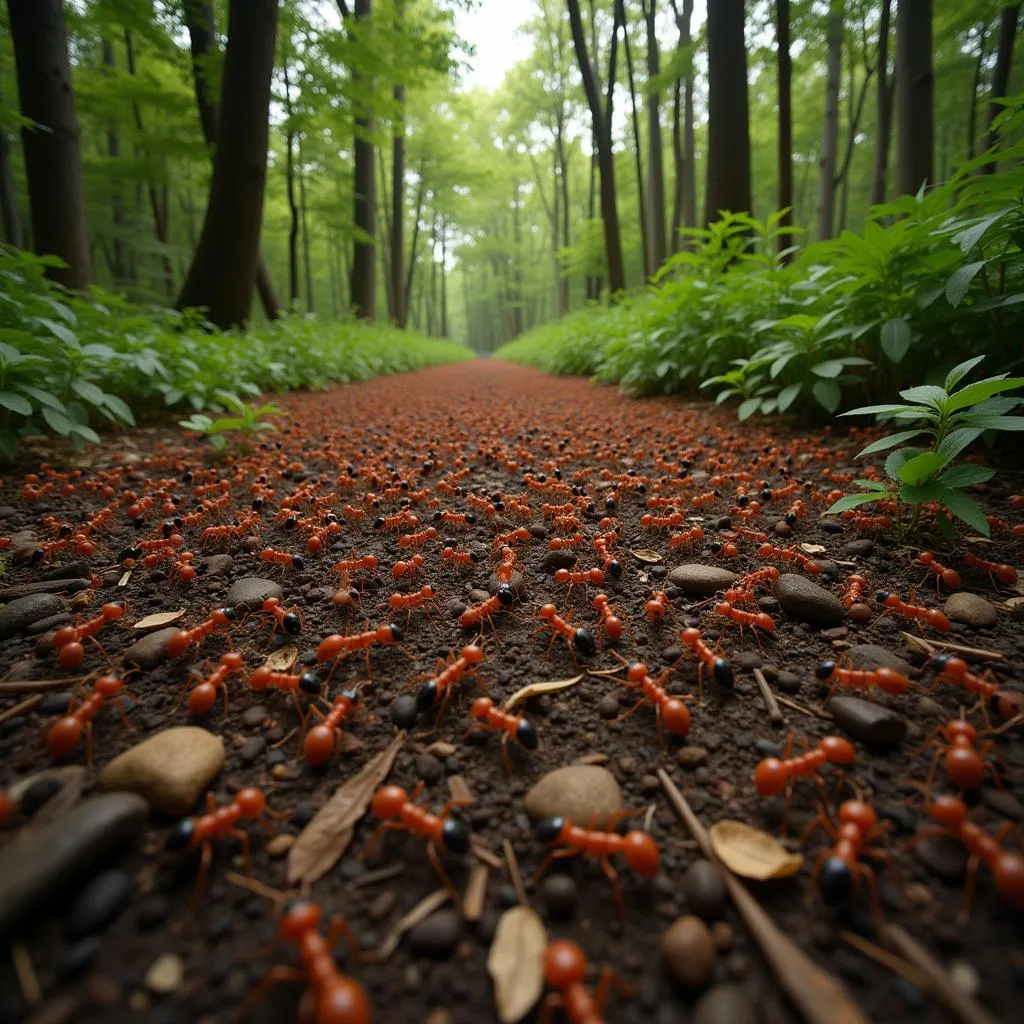The Enigmatic African Leopard: A Majestic Predator
The African Leopard, a creature of both power and stealth, reigns supreme in the diverse landscapes of Africa. This article delves into the fascinating world of these elusive big cats, exploring their behavior, habitat, and the challenges they face in the modern world. We’ll uncover what makes the African leopard such a captivating and vital part of the African ecosystem. After reading this, you’ll understand why conservation efforts are so crucial to their survival.
Unveiling the Secrets of the African Leopard
African leopards ( Panthera pardus pardus ) are renowned for their adaptability, thriving in a variety of habitats from savannas and woodlands to rainforests and mountains. Their spotted coat, a masterpiece of camouflage, allows them to blend seamlessly into their surroundings. This remarkable adaptation makes them highly effective ambush predators. They are primarily nocturnal hunters, preying on a wide range of animals, from small rodents to larger ungulates like impalas and gazelles. Their powerful jaws and sharp claws make them formidable hunters, capable of taking down prey much larger than themselves. They also exhibit a remarkable ability to climb trees, where they often stash their kills to keep them safe from scavengers like lions and hyenas. This behavior showcases their intelligence and resourcefulness.
You might be interested in reading more about African big cats, including the leopard’s last stand, at this insightful article: African big cats the last stand of a leopard.
The African Leopard’s Role in the Ecosystem
As apex predators, African leopards play a crucial role in maintaining the delicate balance of their ecosystems. By regulating prey populations, they prevent overgrazing and ensure the health and diversity of plant life. This intricate interplay between predator and prey is essential for the overall stability of the African wilderness. The removal of leopards from an ecosystem can have cascading effects, impacting various species and ultimately disrupting the entire food web.
What are the main threats to African leopards? Habitat loss due to deforestation and human encroachment is a major concern. Human-wildlife conflict, often stemming from livestock predation, also poses a significant threat.
Conservation Efforts for the African Leopard
Protecting the African leopard is paramount for preserving the biodiversity of Africa. Various organizations are working tirelessly to address the threats facing these magnificent animals. Conservation efforts include anti-poaching patrols, community education programs, and habitat restoration initiatives. These programs aim to mitigate human-wildlife conflict, promote sustainable land management practices, and raise awareness about the importance of leopard conservation.
Are there any efforts to reintroduce leopards into areas where they have been extirpated? Yes, in some regions, reintroduction programs are being implemented to restore leopard populations and their ecological role. These programs involve carefully selecting suitable habitats and monitoring the reintroduced leopards to ensure their successful integration.
Here you can find information about another spotted African cat: African big cat with spots 7 letters.
Understanding African Leopard Behavior
African leopards are solitary creatures, except during mating season and when raising cubs. They are highly territorial, marking their territories with scent markings and vocalizations. Their communication methods involve a complex system of growls, snarls, and purrs. Understanding these behaviors is crucial for effective conservation strategies.
More on African animals and their interactions, including fighting, can be found here: African animals fighting. Also, for those interested in the cheetah, a related African cat, and its presence in India, there’s this resource: African cheetah india.
Dr. Anika Mosi, a renowned wildlife biologist specializing in African leopard research, shares her perspective: “Protecting the African leopard is not just about saving a species; it’s about safeguarding the intricate web of life that sustains entire ecosystems. Their survival is intrinsically linked to the health and well-being of the African wilderness.”
Professor Jabari Nkosi, an expert in African ecology, adds, “The African leopard’s resilience and adaptability are remarkable, but they are no match for the relentless pressures of human activity. We must act now to ensure their future.”
In conclusion, the African leopard remains an iconic symbol of the African wilderness. Understanding their behavior, habitat, and the challenges they face is vital for implementing effective conservation strategies. The future of this majestic predator depends on our collective efforts to protect them and their fragile ecosystem. Let’s work together to ensure that the enigmatic African leopard continues to roam the African savanna for generations to come.
FAQ
-
What is the lifespan of an African leopard? In the wild, African leopards typically live for 10-12 years, but they can live up to 20 years in captivity.
-
What do African leopards eat? They are carnivores with a diverse diet, including ungulates, primates, rodents, reptiles, and birds.
-
How many cubs do African leopards have? A typical litter consists of 1-3 cubs.
-
Where are African leopards found? They are found across sub-Saharan Africa, in a variety of habitats.
-
Are African leopards endangered? While not globally endangered, they are listed as Vulnerable by the IUCN due to declining populations in many areas.
-
How much does an African Leopard weigh? An adult male can weigh up to 90 kg and a female can weigh up to 60kg.
-
How fast can an African Leopard run? They can run at speeds of up to 58 kilometers per hour.
For further assistance, please contact us at Phone: +255768904061, Email: [email protected] or visit us at Mbarali DC Mawindi, Kangaga, Tanzania. We have a 24/7 customer service team.

